Firefighter Joe Collins: Jaws Of Life
I’m a twelve-year veteran firefighter/paramedic in the busiest volunteer fire department in our county. I hold numerous fire and EMS certifications—many of the same as professional firefighters. My day job is as a Critical Care Paramedic in the highest call volume EMS service in Iowa.
Jaws Of Life
The “Jaws of Life” while sounding only like one tool are actually a series of tools including cutters, spreaders, spreader-cutters, and rams. The jaws were originally designed and trademarked by Hurst Performance Tools in 1963 as tools to cut entrapped race car drivers from their vehicles after a crash.
The philosophy behind the use of these tools is to remove the vehicle from around the patient, not the other way around. It can take over twenty-minutes to properly do this during a difficult extrication, such as a rollover or a vehicle on its side in a ditch. Often, when news pictures or videos are shown after a car wreck it’s after the tools have been used to extricate the victims from the vehicle so the wreck looks worse than it did when the fire department rolled up.
Above, you can see a door that we had to pop off–”Door Pop,” to get the patient from the vehicle.
Powered by a gasoline, diesel, self-contained generators, or even hand or foot pumps all use hydraulics at pressures up to or over 10,000 psi.
The above power unit is gas-powered. Notice the two valves on the left side of the generator. Both tools can be used simultaneously and one firefighter always stays by the unit to control those valves.
The tools used at our department are TNT Rescue Tools (http://www.tntrescue.com/), but there are other manufacturers. Since I’m more familiar with TNT Rescue Tools, I’ll be quoting numbers from their specifications.
A cutter is tool that cuts through metal with as much as 320,000 pounds of cutting force using metal blades and is often called a crab cutter due to the shape of the blades. When we cut off a roof–”Roof Pull,” to get a patient, this tool can cut through all the pillars holding the roof on a vehicle in a matter of minutes.
The cutter, like most tools is controlled by twisting the handle on the left side, one direction spreads the tool, the other closes it.
A spreader has two arms that come together in a narrow tip. It is often inserted between two panels to create space between the panels when it spreads—usually to remove a door from the hinges with 56,000 pounds of force. Many can spread as far as several-feet.
This tool can also be used to crush parts of the vehicle, like over the front tire to gain space between panels so the door can be popped. With 25,000 pounds of crush force, it can easily smash parts of the vehicle.
The spreader-cutter is a combination of both tools and is quite popular with many fire departments as it is two tools in one smaller package. Since our department doesn’t use this tool, I’ve posted a picture from the company website.
dash roll spreader
The ram is being used less and less in automobile extrication. They come in multiple sizes and configurations and are often used to push the dashboards off an entrapped patient. They come in a wide variety of sizes depending on the required use. “Rolling a Dash” is often now often done with spreaders after performing strategic cuts on the frame of the vehicle as you can see above.
ram
Above, the ram is being used to support the vehicle after we pulled the doors, and cut the frame. It’s important that if you remove structural elements from a vehicle that you support it some other way be it a ram or cribbing. Though, power tools can fail, so the best bet is to using cribbing whenever you can.
In the next segment, we’ll talk about how extrication tools are powered, some of the hand tools we use and how we stabilize a vehicle before doing an extrication.
If you want to see some very interesting techniques behind vehicle extrication, I encourage you to go to <http://www.fireengineering.com/index/extrication_zone.html> The videos and photos are what we use to train our members in the increasingly complex skills required to safely do vehicle extrication.
* * *
*Remember, we have an onsite, working fire station at the Writers’ Police Academy. We’re featuring workshops on firefighting, including one on arson investigation. And, yes, the WPA comes with firefighters…
Romance author Samantha Kane trying on the gear at the 2010 WPA.
http://www.writerspoliceacademy.com/

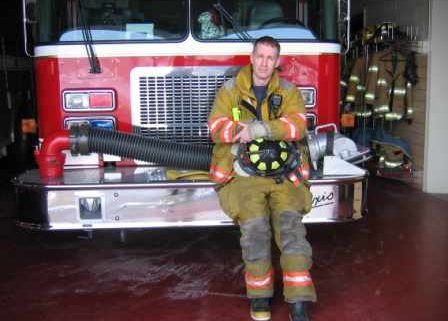

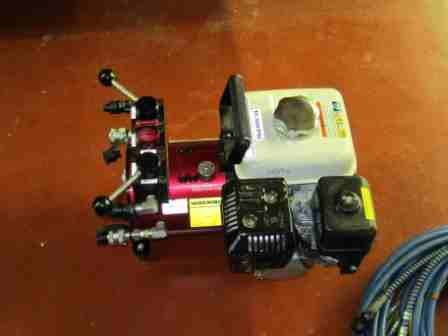

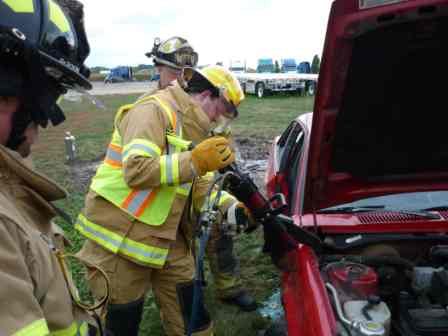
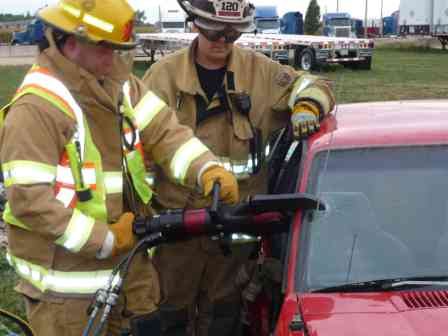
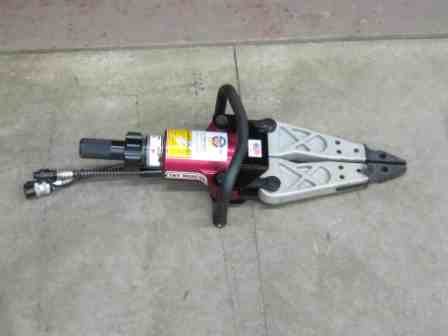
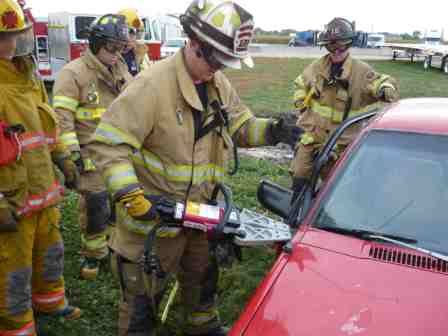
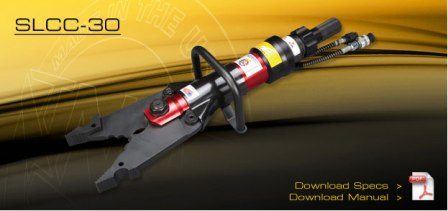
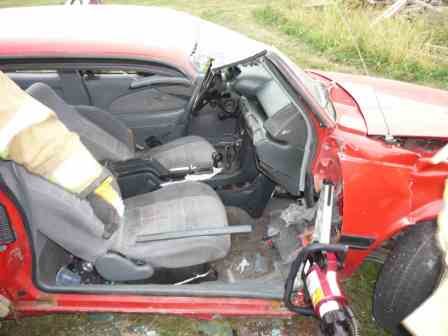
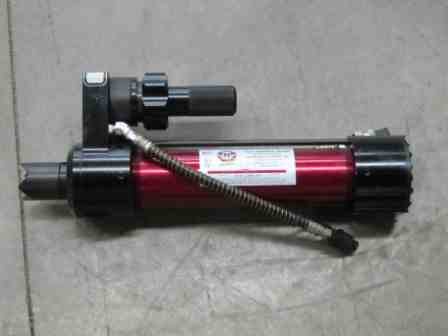

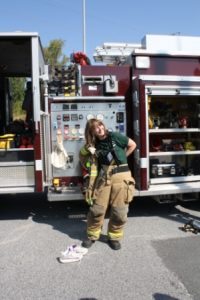



Jonathan:
Even the regular battery in your car is a hazard during extrication, and the large battery packs make it that much more difficult and dangerous.
The location of the battery packs are pretty well protected and rarely intrude into the passenger compartment, but you still have to be aware of them and how to deal with them safely.
We continue to train, including watching videos, crawling around cars people let us look at, and keep up to date with new techniques and tools.
Another major concern is that many of these batteries contain lithium, which means that if a vehicle that uses them catches on fire, either as a result of a car wreck or during our extrication–and a hose line is always pulled and ready to go when we are doing it, the car could explode when water hits the lithium.
Joe
I’d heard of these tools but had never seen them close up. Thanks for all the great info on them and how they are used.
Hi, Joe. Thanks for being here today.
I had the privilege to see a demo by Hurst in the early 1970’s, when my local department was trying to ensure voter support for some equipment upgrades. They set up a wrecked car in a downtown parking lot, during a town festival. Needless to say, after a demo of the gas-powered tool was followed by a demo of the old hand-pumped cutter the department had, the referendum passed with room to spare.
One question… Hybrid and electric vehicles have gone more or less mainstream. Has the presence of large battery packs in vehicles affected the use of these tools?